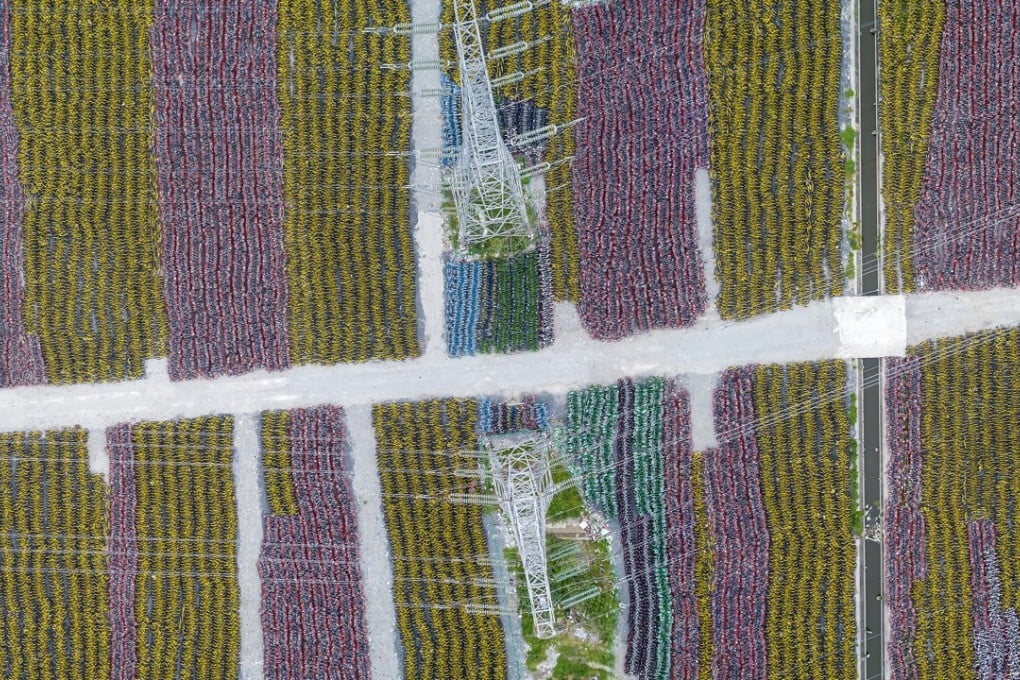China’s bike sharing bubble has burst – drone photography captures its casualties rusting in ‘bicycle graveyards’
Photographer Wu Guoyong travelled across the country to capture what happened when bike-sharing reached saturation point, inviting questions about the efficiency of China’s industrial machine

Imperial China’s four great inventions – papermaking, printing, gunpowder and the compass – were milestones in the long march of human progress. Last year, China’s state-run media highlighted the nation’s “four great new inventions” of modern times, but astute readers were quick to point out that high-speed trains, mobile-phone payments, e-commerce and shared-bicycle schemes had all been in use elsewhere for quite some time. The argument seemed to be that China’s taking these to a new level was akin to invention.
For bike-share companies built on concepts first seen elsewhere, for instance, the real innovation was app-driven “dockless” bicycles than could be unlocked and peddled almost anywhere, as long as you had your smartphone handy.
I was an early adopter, having long been dismayed that the Bicycle Kingdom had become an Automobile Republic. In the years before Ofo or Mobike, theft was a real concern, seriously limiting where you could take a bike. It was liberating to cycle to a subway station, park the thing and forget about it.